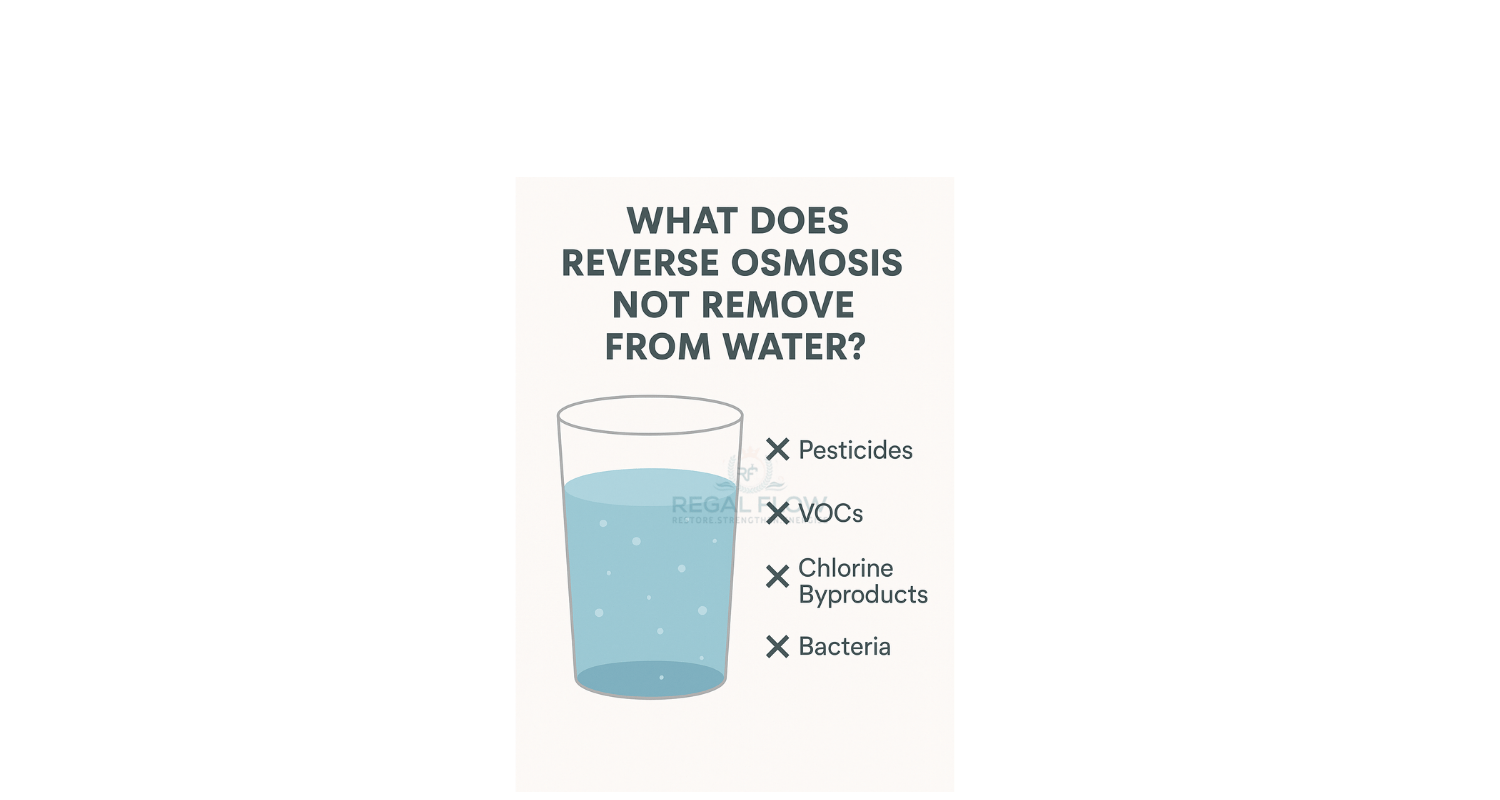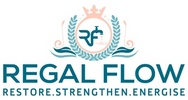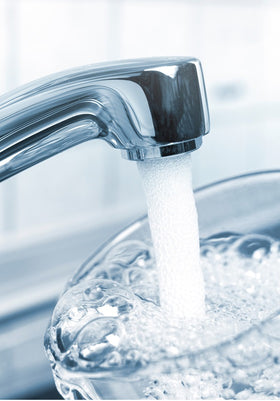
What Does Reverse Osmosis Not Remove from Water?
Think reverse osmosis zaps everything from water? Not quite. Tiny troublemakers like gases, VOCs, some pesticides, and microplastics can still sneak through. Even good minerals vanish! In Reverse Osmosis: Specialised Topics and Advanced Insights, we explain why this happens—and how countertop dispensers and reverse osmosis systems can still deliver sparkling clean sips with a little backup. Let’s dive in!
Understanding the Effectiveness of Reverse Osmosis Filtration
If reverse osmosis (RO) were a person, it’d be that mate who always turns up early, gets the job done, and still manages to make it look easy. But even they forget things sometimes — like that one friend’s birthday every year. RO works by forcing water through an ultra-fine membrane. This barrier catches many unwanted impurities, leaving you with water that’s cleaner and crisper. That’s why you’ll often see it in homes, restaurants, and even fancy coffee shops where water quality makes or breaks the brew. But what exactly does RO nail at removing? Let’s take a closer look.
What RO Systems Excel at Removing
RO filters are champions at clearing out:
-
Dissolved salts and total dissolved solids (TDS)
-
Heavy metals like lead, arsenic, and mercury
-
Fluoride and nitrates
-
Larger microplastics
-
Certain microorganisms (more on this in a tick)
For many households, especially those using Countertop Dispensers and Reverse Osmosis systems, that covers a huge chunk of water worries already.
Contaminants That Reverse Osmosis May Not Fully Remove
Now, here’s where things get interesting — and why adding an extra filter or two might be worth it.
Certain Volatile Organic Compounds (VOCs)
VOCs are sneaky. These are industrial solvents, petrol by-products, and chemicals like benzene that often sneak into water supplies. Because they’re tiny and volatile, RO membranes can struggle to catch them all. That’s why most RO systems add an activated carbon filter before or after — like a security guard checking pockets at the door.
Some Pesticides and Herbicides
You’d hope pesticides would pack their bags after RO treatment — but some are too stubborn. Certain herbicides and pesticides, especially smaller ones like atrazine, can wriggle through the membrane. If you’re near farmland or use well water, it’s worth testing for these specifically.
Certain Pharmaceuticals
Ever thought about where flushed medicines end up? Unfortunately, trace amounts of hormones, antibiotics and personal care products can end up in water. RO can catch some of them, but others — especially tiny molecules with slippery chemical structures — can sneak past. This is why multi-stage filtration is getting more popular, even in home systems.
Bacteria and Viruses (Without Additional Filtration)
Here’s a twist: RO membranes block most bacteria and viruses when they’re in perfect nick. But if the membrane has even the tiniest tear, it’s game over. Bacteria are opportunistic and can colonise the membrane or storage tank itself. Systems with UV filters or disinfection stages nip this risk in the bud.
Factors Affecting RO Removal Efficiency
Not all RO systems are created equal. Like making a good cuppa, it’s all about the details.
Membrane Quality and Pore Size
Think of the membrane like a fine sieve. A top-notch one has tiny, consistent pores that block more nasties. Cheaper or ageing membranes might have uneven pore sizes — letting more contaminants slip through than you’d like.
System Maintenance and Filter Condition
An RO system is a bit like a car. Forget the service intervals and don’t be surprised when things start clunking. Clogged filters or a worn membrane will reduce filtration efficiency sharply. Swapping filters regularly and giving the system a clean keeps it humming nicely.
Water Pressure and Flow Rate
RO systems love good pressure — typically 50 to 80 psi is the sweet spot. Low pressure slows filtration right down. Too much pressure, and contaminants might get pushed through too quickly. If you’re on low-pressure mains or a private water supply, a booster pump can make all the difference.
The Importance of Pre- and Post-Filtration in RO Systems
If RO is the main act, think of pre- and post-filters as the warm-up and encore.
Carbon Filters for VOC and Chlorine Removal
Activated carbon filters are absolute workhorses. They grab VOCs, pesticides and chlorine — the latter not only tastes foul but can damage RO membranes over time. Most Countertop Dispensers and Reverse Osmosis units already have these built-in, but it’s worth double-checking if you’re shopping around.
UV Filters for Disinfection
A UV filter is like giving your water a quick blast of sunshine (without the tan). It zaps bacteria and viruses, making it a cracking backup to the physical filtration stages. Especially useful if your RO system stores water in a tank for long periods.
Testing Your Water Quality to Determine Filtration Needs
Before you splash out on every filter under the sun, it pays to know exactly what’s in your water.
Identifying Specific Contaminants Present
You can grab a home testing kit online, or go full Sherlock Holmes and send a sample to a lab. If your water contains high levels of pesticides, VOCs or bacteria, you’ll know to add the right pre- or post-filters to your RO setup. No point buying a sledgehammer if all you need is a spanner!
Conclusion: Understanding the Scope and Limitations of Reverse Osmosis
So, is reverse osmosis a silver bullet? Not quite — but it’s close. RO wipes out dissolved solids, metals and many nasties with ease. But gases, some pesticides, pharmaceuticals and bacteria can slip past, depending on membrane condition and system setup. The smart move? Use RO as the backbone of your system, but team it up with carbon filters, UV disinfection and regular maintenance. That way, your Countertop Dispensers and Reverse Osmosis units keep serving up safe, tasty water day after day — no surprises.
More Reverse Osmosis info we think you'll love
Reverse Osmosis Filter Replacement Service
Reverse Osmosis Power Consumption
Reverse Osmosis System Connections
Reverse Osmosis System Water Quality
When to Change Reverse Osmosis Filters
Reverse Osmosis Countertop System
Tankless Reverse Osmosis System
Reverse Osmosis Water Filter for Aquarium
Can Reverse Osmosis Remove Bacteria?
How to Fix Low Water Pressure in a Reverse Osmosis System



Leave a comment